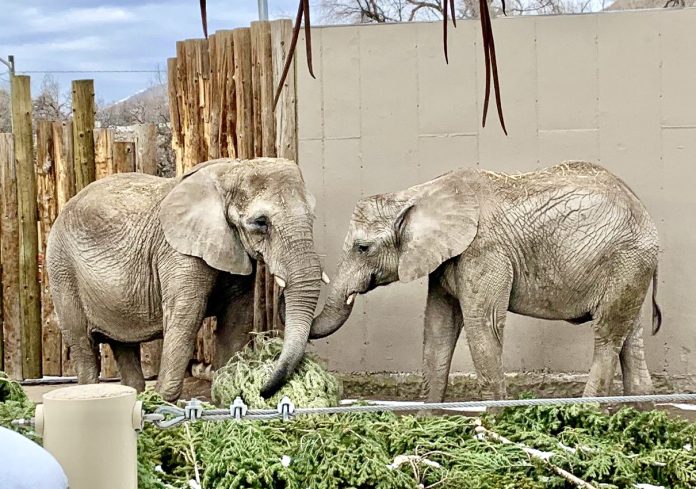You can help all animals and our planet by choosing compassion on your plate and in your glass. #GoVeg
RELATED ARTICLES
Banning Cruelty: New Legislation Aims To Ban Octopus Farming In The U.S.
New bipartisan legislation has just been introduced in the U.S. to ban commercial octopus farming and prohibit imports of farmed octopus from foreign countries.
The...
Outrage In Yellowstone! Grizzly Bear Killed By Wildlife Officials & Left With Head & Paws Cut Off
Photo by: Trisha McFarland / Cowboy State Daily
A photo of a dead grizzly bear with its head and paws cut off has caused an...
Inside Florida’s Illegal Horse Meat Trade: Undercover Footage Shows Racehorse Being Shot & Butchered
A heart-wrenching discovery of illegal horse slaughter has emerged, with video footage exposing the tragic killing of a racehorse named 'Funny Biz,' who was...
Popular stories
News
Victory For Farm Animals & Free Speech! The U.S. Supreme Court Declines To Review Kansas’ Ag-Gag Law That Would Have Prevented Undercover Filming In...
In a major victory for animals and farm workers in the animal agriculture industry, the U.S. Supreme Court declined to review a decision by...
Paul McCartney & Daughters Share Tasty Plant-Based Recipes In New Book, Linda McCartney’s Family Kitchen
Paul McCartney and his family have long been known for promoting the many benefits of a plant-based diet and lifestyle. In honor of his...
Breaking News
Victory! New Jersey Bans Pig Gestation & Veal Crates After Governor Murphy Signs Bill Into Law
Today, an important bill was signed into law by New Jersey Governor Phil Murphy to ban crates used to cruelly confine mother pigs and calves raised for...



